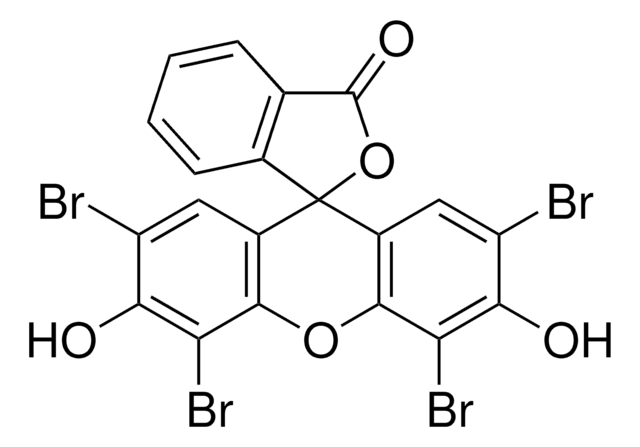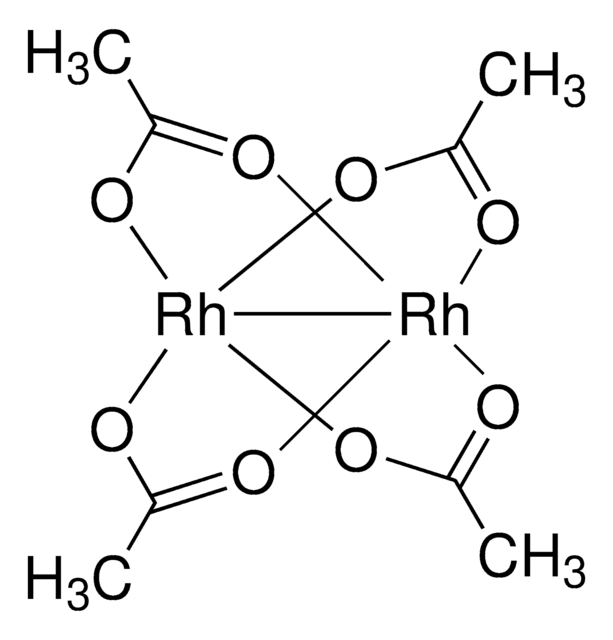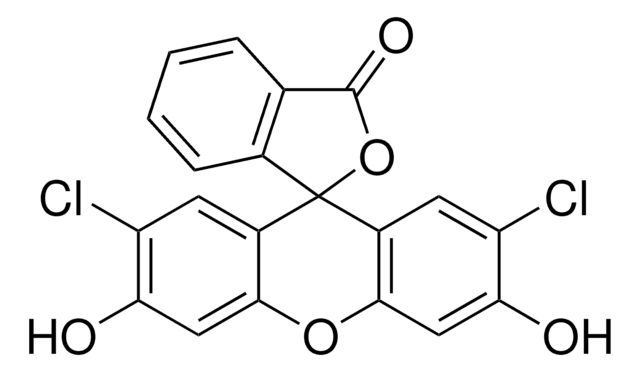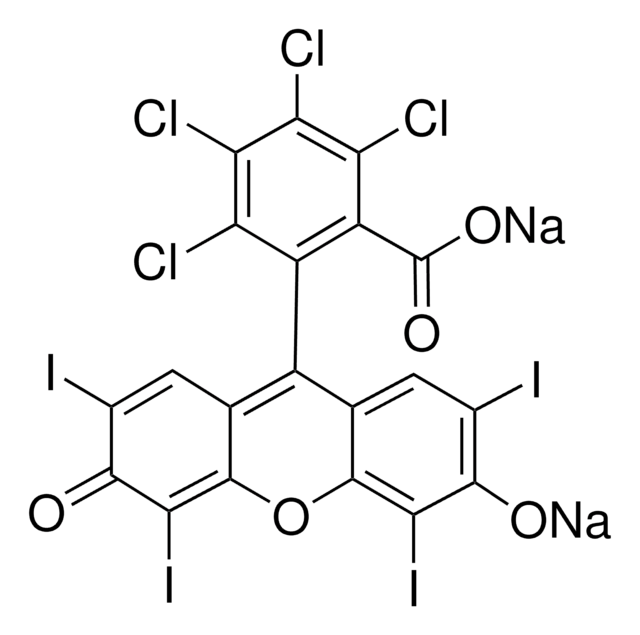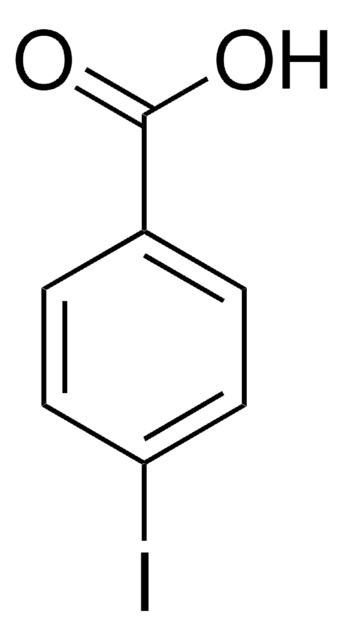216720
4′,5′-Dibromofluorescein
Dye content 95 %
Synonym(s):
Solvent Red 72
About This Item
Recommended Products
Assay
>95% (TLC)
Quality Level
form
powder
composition
Dye content, 95%
mp
270-273 °C (lit.)
λmax
450 nm
ε (extinction coefficient)
≥5000 at 445-451 nm
≥50000 at 227-233 nm
application(s)
diagnostic assay manufacturing
hematology
histology
storage temp.
room temp
SMILES string
Oc1ccc2c(Oc3c(Br)c(O)ccc3C24OC(=O)c5ccccc45)c1Br
InChI
1S/C20H10Br2O5/c21-15-13(23)7-5-11-17(15)26-18-12(6-8-14(24)16(18)22)20(11)10-4-2-1-3-9(10)19(25)27-20/h1-8,23-24H
InChI key
ZDTNHRWWURISAA-UHFFFAOYSA-N
Looking for similar products? Visit Product Comparison Guide
Related Categories
General description
Application
Signal Word
Danger
Hazard Statements
Precautionary Statements
Hazard Classifications
Acute Tox. 3 Oral
Storage Class Code
6.1C - Combustible acute toxic Cat.3 / toxic compounds or compounds which causing chronic effects
WGK
WGK 3
Flash Point(F)
Not applicable
Flash Point(C)
Not applicable
Personal Protective Equipment
Choose from one of the most recent versions:
Certificates of Analysis (COA)
Don't see the Right Version?
If you require a particular version, you can look up a specific certificate by the Lot or Batch number.
Already Own This Product?
Find documentation for the products that you have recently purchased in the Document Library.
Customers Also Viewed
Our team of scientists has experience in all areas of research including Life Science, Material Science, Chemical Synthesis, Chromatography, Analytical and many others.
Contact Technical Service